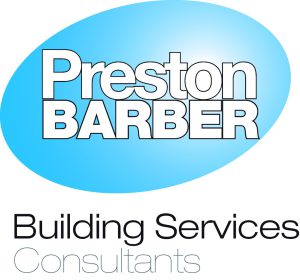Celebrating the area’s rich history of innovation, the original 1721 Museum of Making in the Derwent Valley Mills UNESCO World Heritage Site is a heritage development that has saved an iconic public asset and brought the whole building back into use for the first time in 50 years. It has provided long term security, safety and sustainability for the building and its collections, telling Derby’s 300-year history of making on what is widely regarded as the site of the world’s first modern factory and provides an anchor for the city’s vision as a ‘City of Making’ – estimated to provide a gross economic impact of over £4.2m annually for the city.
The initial scope for the project launched in 2012 by Derby Museums, whereby a client/architect-led working group (including the civic society, community and planning team) explored the heritage narrative of the site to understand feasibility of ideas and challenges in conserving and restoring.

A ‘co-production’ period of prototyping and iterations of ideas followed all the way in the lead up to construction – a total of five years The methodology employed was ‘understanding through doing’ to realise the most sympathetic and innovative solutions – rather than assuming knowledge about the building:
- Testing materials, researching materials and concepts which were then prototyped by creating a “first stage construction trial” using the ground floor with the public as an open process in 2014;
- Unique early engagement with the planning authority many years prior to ensure a proactive rather than reactive approach to mitigating concerns and navigating the constraints of conservation and determine best for project solutions;
- 2015-17 additional consultation and experimentation with the wider project team including artists, makers and communities.

2017 early engagement Integrated Project Insurance (IPI) procurement collaborative model and alliance used to align approach of Derby museums, stakeholders and the integrated project team (IPT). Through IPI and under agreement of a ‘whole project’ insurance approach (as opposed to individual PI insurance) this created much more opportunity for the inevitable challenges of a Grade II listed building and opportunity to create innovative solutions in terms of buildability, design and client needs as part of a ‘best for project’ approach.
The result is a heritage site that has been sympathetically restored from a state of degradation while retaining nearly all of the fabric of the original building, and is now fit-for-purpose for the 21st century in terms of audience and environment; using technology and a modern approach has created an all-encompassing experience for visitors that doesn’t interfere with the historic nature of the building itself.

The reuse of the building as a museum is also unique in its multi-faced approach; it’s a museum but also supports visitors to see themselves as ‘makers of the future’ through workshops, learning spaces and co-working hubs with visitor access to 100% of its internationally, regionally and locally significant collections of Making and Social History; over 30,000 objects.




![]()





